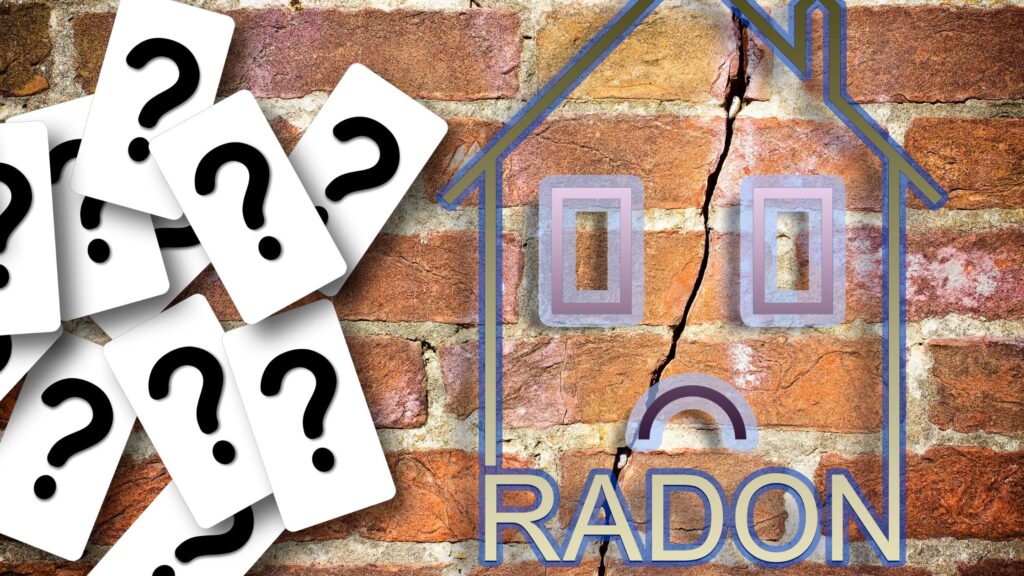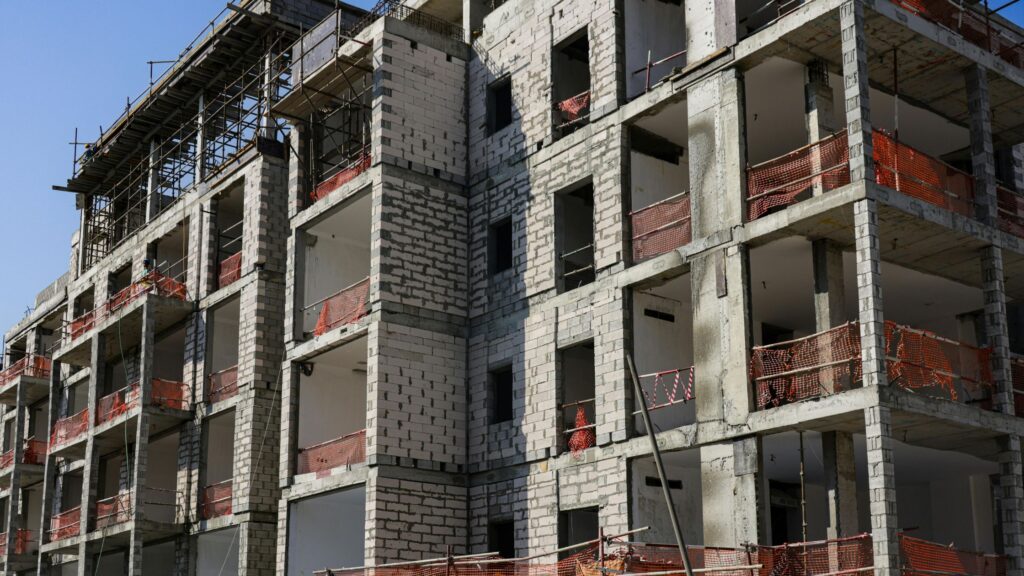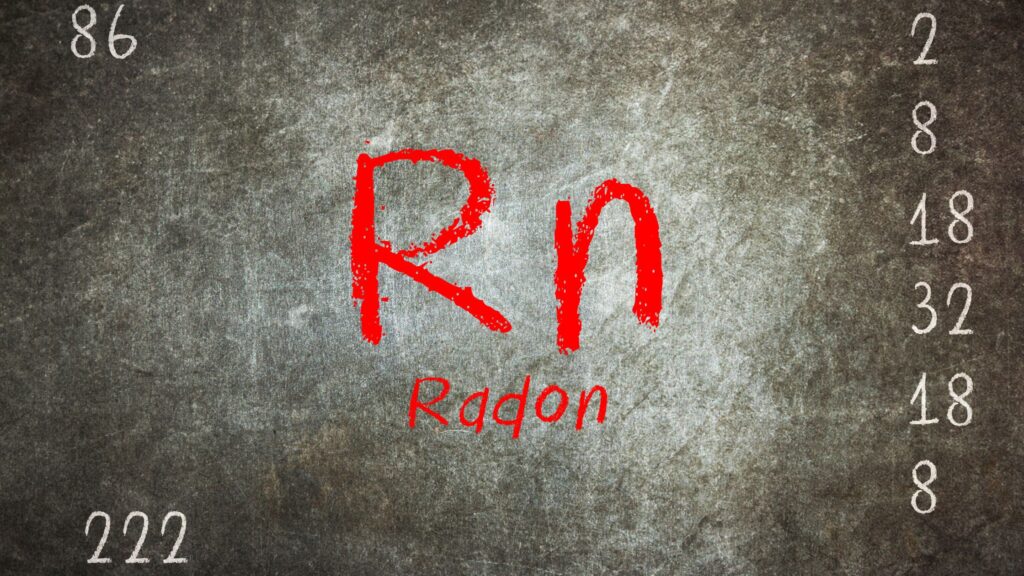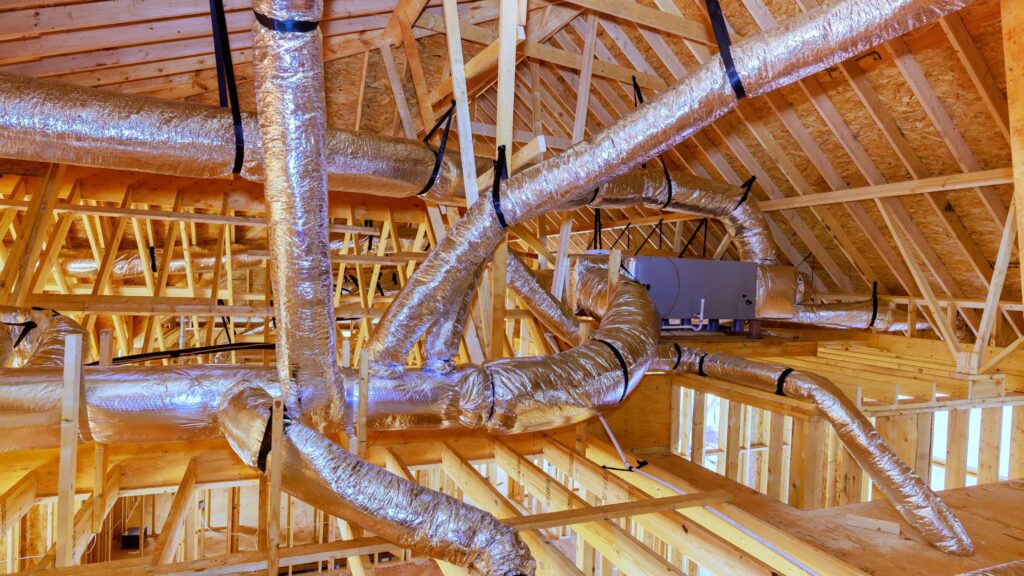Radon, an odorless and colorless radioactive gas, poses serious health risks, including lung cancer. The U.S. Environmental Protection Agency (EPA) estimates that radon exposure is responsible for approximately 21,000 lung cancer deaths annually. It is the second leading cause of lung cancer in the U.S., after smoking. Due to its silent threat, radon detection has become an essential part of home safety. Given its health implications, homeowners often seek reliable methods to measure radon levels, leading to the widespread use of home radon detectors.
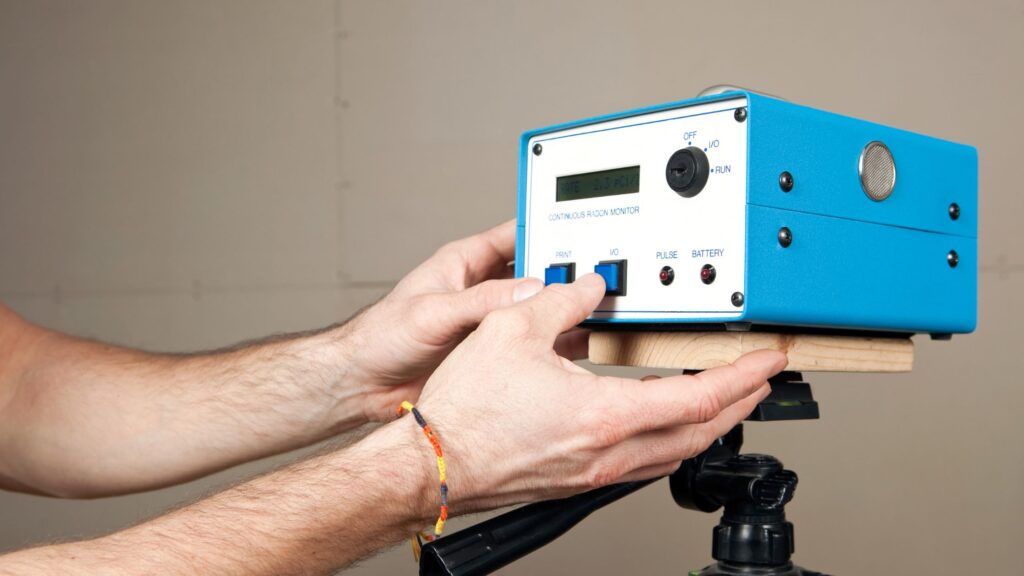
Understanding Radon Detectors
Radon detectors are available in two main types:
- Short-Term Test Kits: These measure radon levels over a period of 2 to 90 days, offering a quick assessment of potential radon exposure. They are ideal for immediate evaluations and temporary checks.
- Long-Term Test Kits: These monitor radon levels for more than 90 days, providing a more accurate representation of annual exposure, helping to assess long-term health risks.
Both types of detectors are widely available for purchase online or at local hardware stores, making it easy to test radon levels in your home. Learn more about Radon Detectors.
Accuracy of Home Radon Detectors
The accuracy of home radon detectors can vary depending on the type of detector, how it’s used, and the conditions under which it’s tested. While home radon detectors are a valuable tool for measuring radon levels, understanding their limitations is essential for interpreting the results correctly.
1) Types of Detectors and Their Accuracy
- Digital Radon Detectors: These are electronic devices that provide real-time radon measurements. They offer quick readings but may have an accuracy range of ±15% to ±20%. However, they perform better over a longer period and can give a more reliable reading when used consistently.
- Charcoal Canister Tests: These tests are often used for short-term measurements (2-7 days) and provide reasonably accurate results. However, their accuracy can be affected by factors like humidity and temperature.
- Alpha Track Detectors: These are long-term radon detectors (90 days or more) that offer high accuracy, typically within ±5%. They are more reliable than short-term tests and can provide a better picture of your home’s average radon exposure.
2) Environmental Factors Impacting Accuracy
- Temperature and Humidity: Radon concentrations can fluctuate based on changes in temperature and humidity. Cold weather can lead to higher radon accumulation indoors, which can affect the accuracy of short-term measurements.
- Air Pressure: Lower air pressure (often associated with stormy weather) can lead to increased radon levels. This could skew the readings if the detector is used during these periods.
3) Duration of Testing
- Short-Term Tests: These tests can provide a snapshot of radon levels but may not always reflect average exposure. A test duration of 48 to 72 hours is common for these detectors, but this period may not be long enough to account for daily fluctuations or seasonal variations.
- Long-Term Tests: Providing more accurate and reliable readings, these tests typically measure radon levels for several months, ensuring that variations in radon exposure due to changes in weather conditions are accounted for. Long-term tests have an accuracy rate of ±5% to ±10%.
4) Calibration and Maintenance
- Calibration: Some home radon detectors need to be calibrated periodically to maintain their accuracy. Many consumer-grade detectors come pre-calibrated, but regular checks are recommended to ensure consistent performance over time.
- Detector Maintenance: Ensuring the device is in good working condition is essential. Dirt, damage, or improper storage can lead to faulty readings.
The accuracy of home radon detectors depends on various factors, including type, placement, and environmental conditions. For reliable results, consider professional testing when necessary.

Factors Affecting Detector Accuracy
Several factors can influence the accuracy of radon measurements:
- Placement of the Detector: Positioning the detector in areas with poor ventilation or near radon entry points can yield higher readings.
- Duration of Measurement: Longer measurement periods tend to provide more accurate readings.
- Environmental Conditions: Factors such as temperature, humidity, and air pressure can affect radon levels and, consequently, detector readings.
Environmental factors and testing duration significantly impact detector accuracy.
Best Practices for Radon Testing
To ensure accurate radon measurements:
- Follow Manufacturer Instructions: Always adhere to the guidelines provided with the testing device.
- Place the Detector Correctly: Position the detector in the lowest lived-in level of your home, away from drafts, high heat, and humidity.
- Conduct Long-Term Testing: For a more accurate assessment, perform long-term testing over a period of 90 days or more.
- Consider Professional Testing: If initial results are elevated or if you require confirmation, consult with a certified radon measurement professional.
Following these best practices ensures accurate results, helping to manage radon exposure effectively.
Conclusion
Home radon detectors can provide accurate and reliable measurements when used properly. Devices such as the Airthings Corentium Home have shown high accuracy in independent tests. However, for critical assessments or when readings are close to recommended limits, it’s advisable to opt for professional testing services. Residents in the Des Moines area can rely on DSM Radon for expert radon testing and mitigation to ensure a safe living environment.
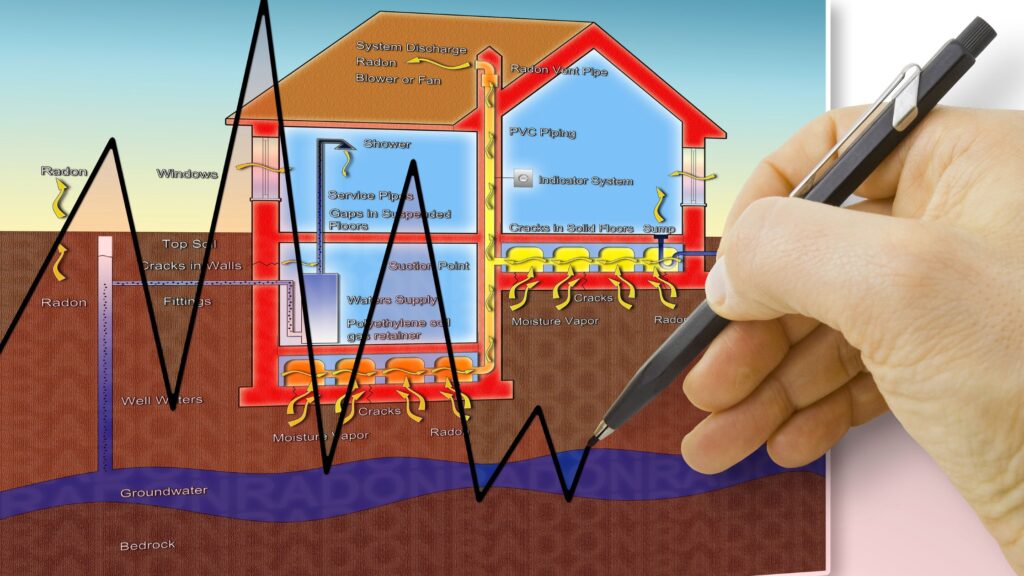
Frequently Asked Questions (FAQs)
1. How often should I test my home for radon?
It’s recommended to test your home for radon every two years or after any significant home renovations.
2. What is considered a high radon level?
The EPA recommends taking action if radon levels are 4 pCi/L or higher.
3. Can radon levels vary in different parts of my home?
Yes, radon levels can vary significantly from room to room and floor to floor.
4. Are there any health risks associated with radon exposure?
Yes, prolonged exposure to elevated radon levels increases the risk of lung cancer.

